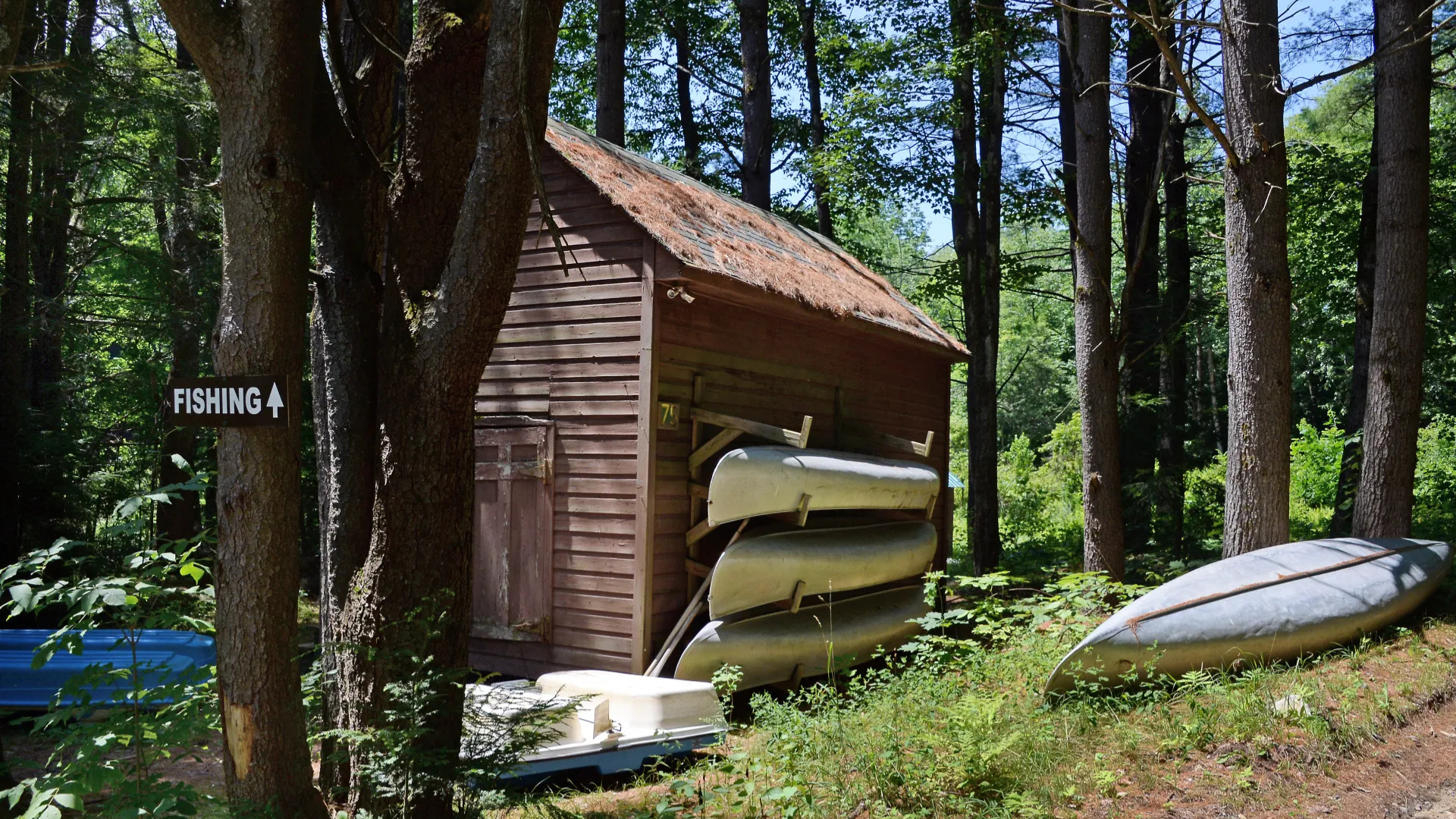The Meiji at 150 Digital Teaching Resource (DTR) has just been launched!Curated and edited by History’s own Tristan Grunow and the Asian Library’s Japanese language librarian Naoko Kato, the Meiji at 150 Digital Teaching Resource presents new research and digital materials on modern Japanese history in a free, public format designed for easy adoption in the classroom. The DTR is one product of the UBC Meiji at 150 Project, a cross-campus collaboration between the Centre for Japanese Research, the Department of History, the Department of Asian Studies, the Museum of Anthropology, and UBC Library.
We interviewed Tristan Grunow to learn more about the project, what kinds of resources are available, and what’s next for the UBC Meiji at 150 Project.
1. What exactly is the DTR and how does it fit into the Meiji at 150 Project?
TG: The Digital Teaching Resource is an open-source digital archive of Japanese historical research and documentary materials hosted by UBC. The DTR contains a number of “Visual Essays” written by leading scholars of Japanese history, literature, and art, pairing historical narrative and analysis with digitized images and documents to encourage readers to rethink modern Japanese history through digital materials. The essays cover a wide range topics, from cartography in the 19th century, natural disasters, and urban change and architecture in Tokyo, to poetry, Japanese kimono designs, and photography, to the lives of Canadian missionaries in Japan and of Japanese immigrants in Canada. At the same time, the archive collates thousands of digitized documents, woodblock prints, photographs, newspapers, maps, and other visual materials from across UBC’s extensive collections. All of this is freely available to scholars, teachers, and interested readers on our website.
The DTR was one component of the larger UBC Meiji at 150 Project that I organized and hosted last year in collaboration with colleagues across campus, including Shigenori Matsui at the Centre for Japanese Research, Christina Laffin, Sharalyn Orbaugh, and Christina Yi in Asian Studies, and Naoko Kato in the Asian Library. Other components of the project included a series of public lectures, several workshops, and my ongoing Japanese history podcast (The Meiji at 150 Podcast).
2. What inspired this project?
TG: The goal of the Meiji at 150 Project from the beginning was to engage the Vancouver public and UBC communities as much as possible while fostering the study of modern Japanese history on campus. The DTR is a key part of this effort. Too often, academic scholarship is inaccessible to wider audiences, either because it is not easy to find or it is behind paywalls. With this in mind, we wanted to construct a digital resource that facilitates the research and teaching of modern Japanese history and cultural studies and make it widely available.
Another goal of the DTR is to bring attention to the extensive archival collections in UBC Library’s Open Collections and at the Museum of Anthropology, publicizing their availability and promoting their use for future research by scholars around the globe. For this reason, each of the visual essays are constructed from and inspired by UBC’s digital collections.
3. Do you have a favourite component of the Meiji at 150 Project, or a favorite visual essay from the DTR?
TG: There are too many to pick one! Students, instructors, and readers in town will find the materials documenting the history of the Japanese-Canadian community in Vancouver especially striking and useful. We have incredibly detailed and informative essays tracking Japanese immigration to Canada by Yukari Takai and exploring the lives of women and children in the Japanese-Canadian community in prewar Vancouver by Eiji Okawa and Ayaka Yoshimizu. These essays assemble dozens of newly digitized images and documents to retrace the contours of the prewar Japanese-Canadian experience, retelling stories of the difficult journeys across the Pacific, the challenges faced by early migrants, and the vibrant communities Japanese immigrants constructed in Vancouver. I hope readers inspired by the essays will also use our website to explore UBC Library’s collections of digital materials related to the Japanese-Canadian community and to Asian migration to British Columbia more broadly, including hundreds photos in the Japanese Canadian Photograph Collection, dozens of photos of Japanese-owned buildings damaged in the 1907 Anti-Asian Vancouver Riots, decades of issues of the Japanese-language Tairiku Nippo newspaper, and thousands of materials on Asian migration in the Chung Collection.
Personally, the most fun and rewarding aspect of the Meiji at 150 Project has been my Meiji at 150 Podcast. Not only have I had the opportunity to learn about exciting new research in modern Japanese history and cultural studies from interviewing many prominent and upcoming scholars, I have also been able to chat with a number of students from different classes about their passion for Japanese culture. I am also committed to making academic research as inclusive and accessible as possible, so it has been very exciting to reach thousands of listeners from over 40 countries around the world. And it finally gave me a chance to find a use for some of those jazzy guitar songs that I wrote years ago!
4. How can students get involved? Will there be any History classes that incorporate these materials?
TG: Absolutely! I will be using materials from the DTR extensively in my upcoming classes, HIST 376, “Modern Japanese History Since 1800” and HIST 271, “Japan and Global History, 1550-1900”.
First, I am becoming increasingly intrigued in podcasts as a pedagogical medium, as they are much more versatile and accessible than written texts. For example, students can listen to podcasts while commuting in their cars or on the bus much easier than reading assigned book chapters. I also believe the format is more engaging, and will therefore encourage retention of the assigned material. For this reason, I will be assigning episodes of my Meiji at 150 Podcast in my lecture courses in addition to text readings.
Second, students in my HIST 271 course in Spring 2019 will engage the essays and materials relating to the Japanese-Canadian community in Vancouver for a class project called “The Wildest Night Ever Seen in Vancouver.” This is a public history podcasting project I am organizing in cooperation with 101.9 CiTR, in which students will collaborate to produce a series of documentary podcasts on the 1907 Anti-Asian Riots in Vancouver for airing on 101.9 FM radio. Students will conduct their own research using the materials provided in the DTR to tell the stories of Japanese-Canadian residents of Japantown affected by the riots, and then collaboratively produce a documentary podcast episode. When finished, the episodes will be broadcast on 101.9 FM.
5. What’s next for the UBC Meiji at 150 Project? Will more resources be released throughout the year?
TG: Yes! This summer, I have been working with Naoko Kato and UBC Library this summer to reformat the DTR into an e-book entitled Digital Meijis: Re-Visualizing Modern Japanese History at 150. This e-book collates the DTR content into a single volume available to students and educators openly on UBC Library’s site using the BCcampus Pressbooks platform. We hope this will facilitate the adoption and assignment of the visual essays for classroom readings. We’re also producing a print publication early in 2019.
We will also have another year-long series of exciting and informative events promoting modern Japanese culture and society hosted by the Centre of Japanese Research. So stay tuned!
To learn more about the UBC Digital Teaching Resource and to check out the collection of visual essays, visit their website here. For more details on the Meiji at 150 Project, visit their website and connect with them via Facebook or Twitter @meijiat150.


